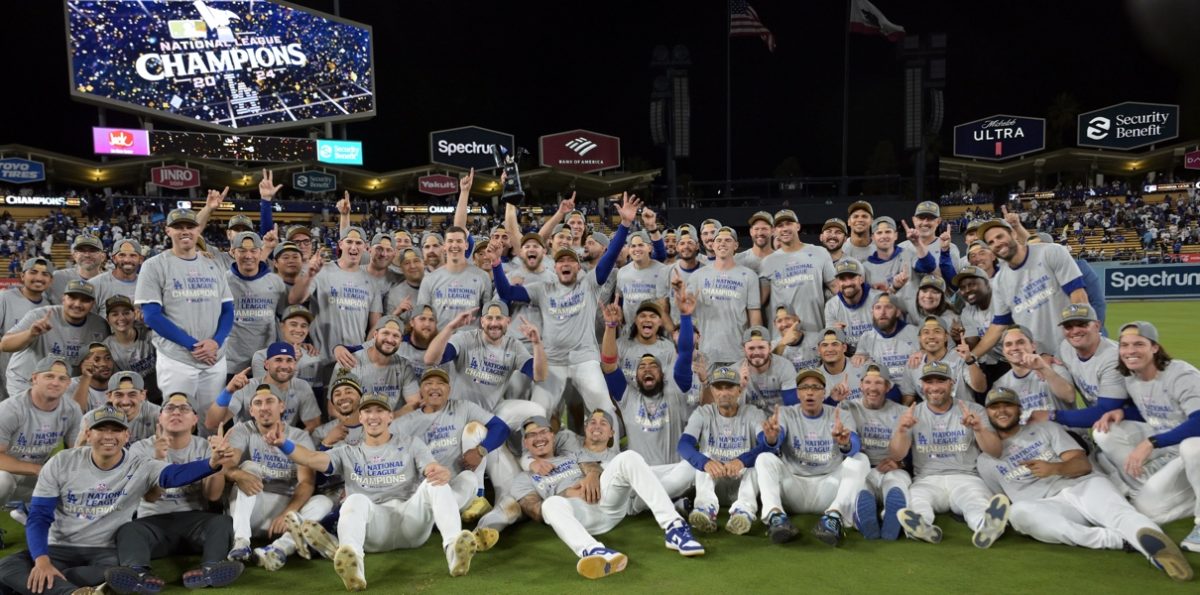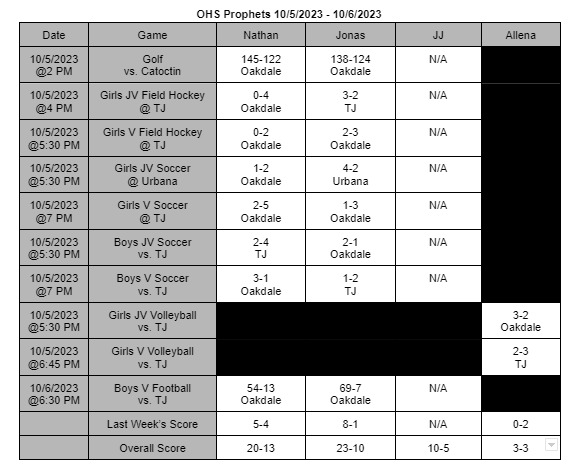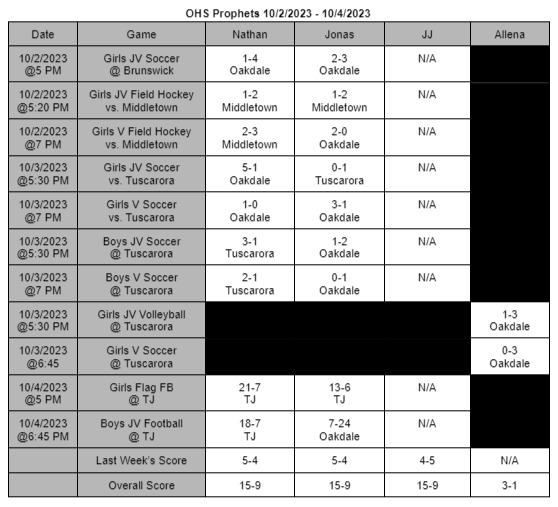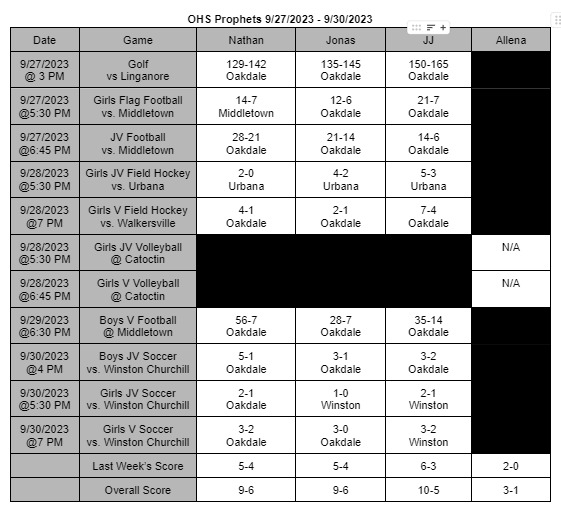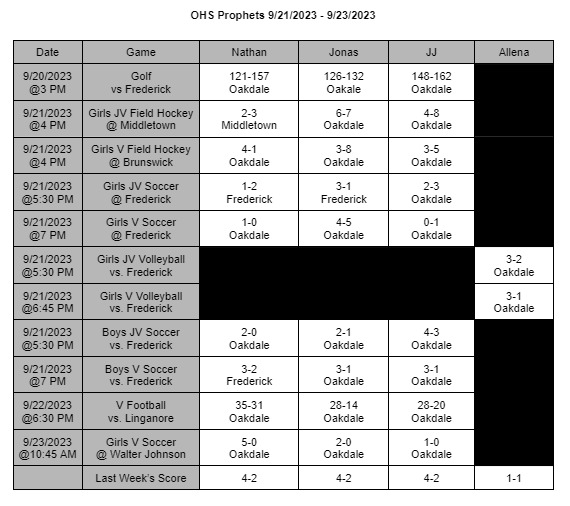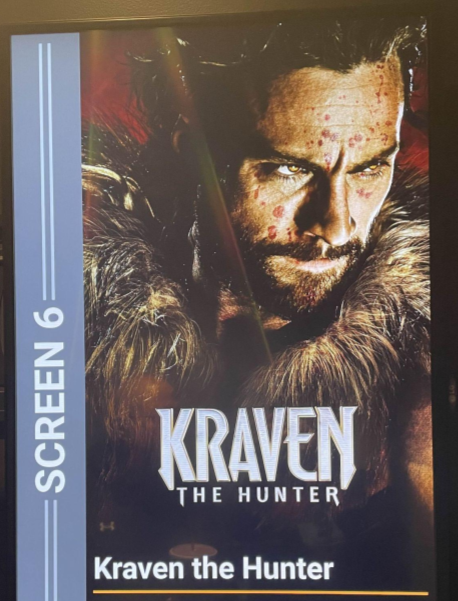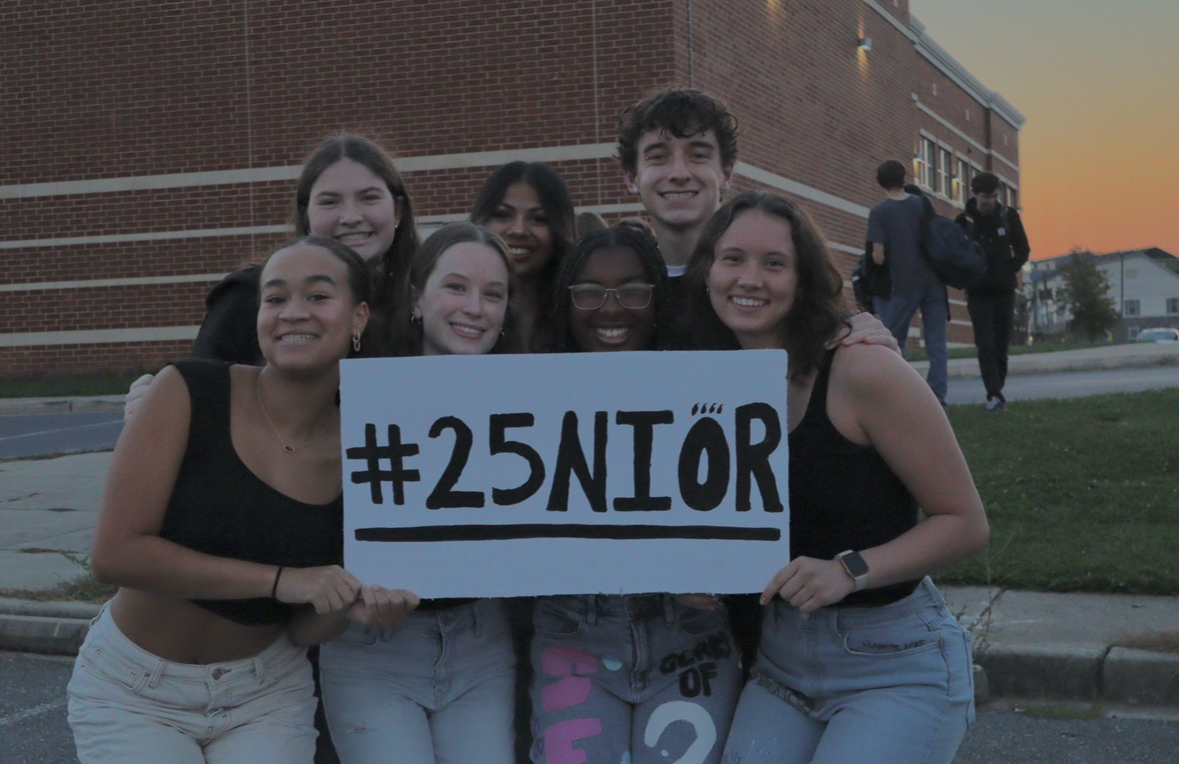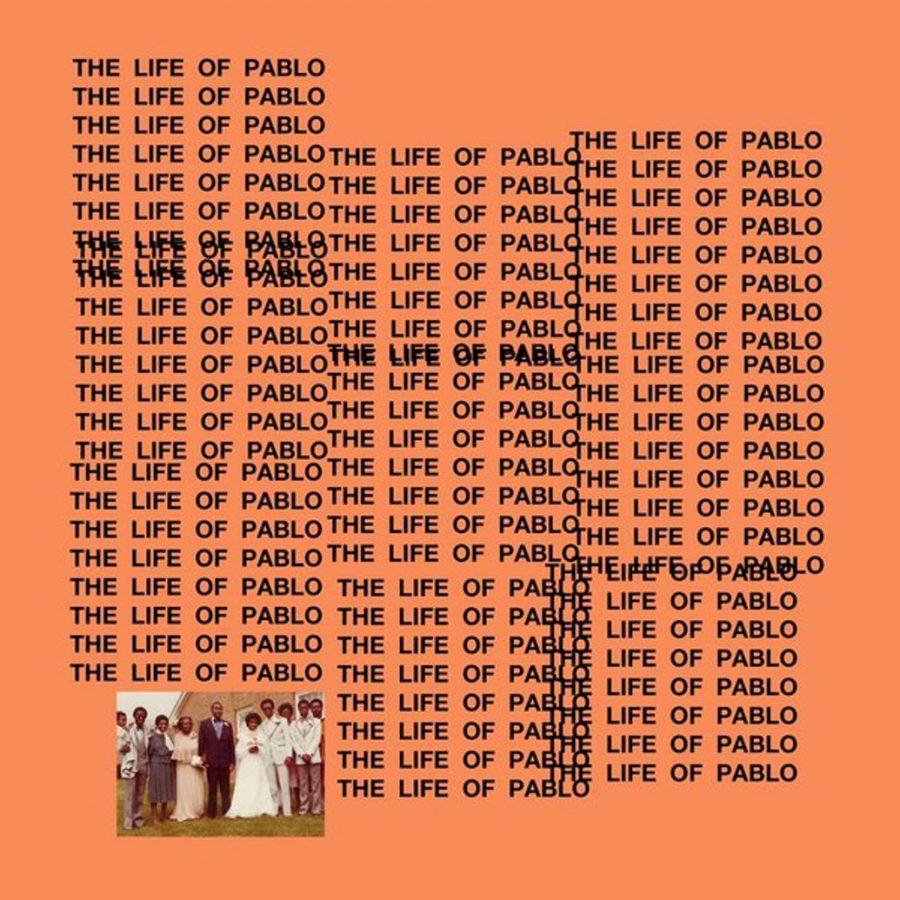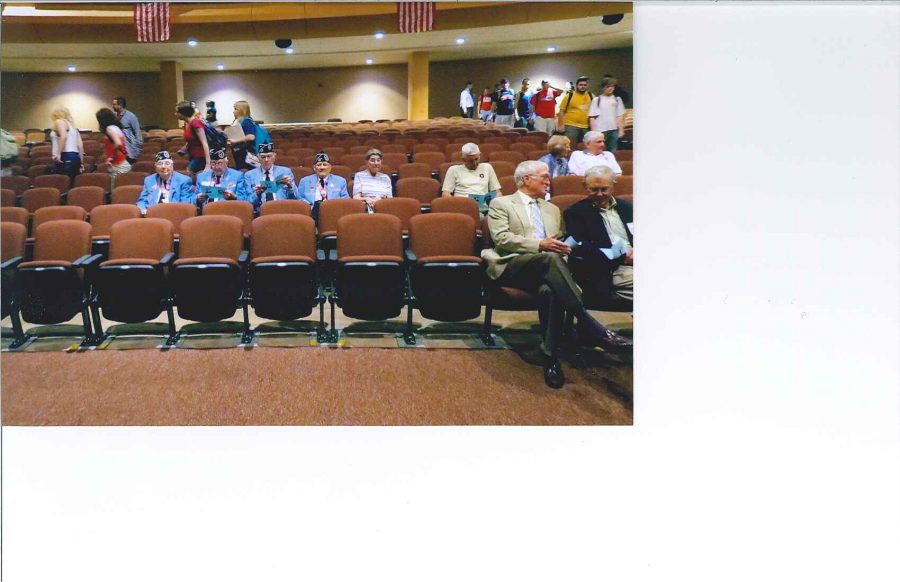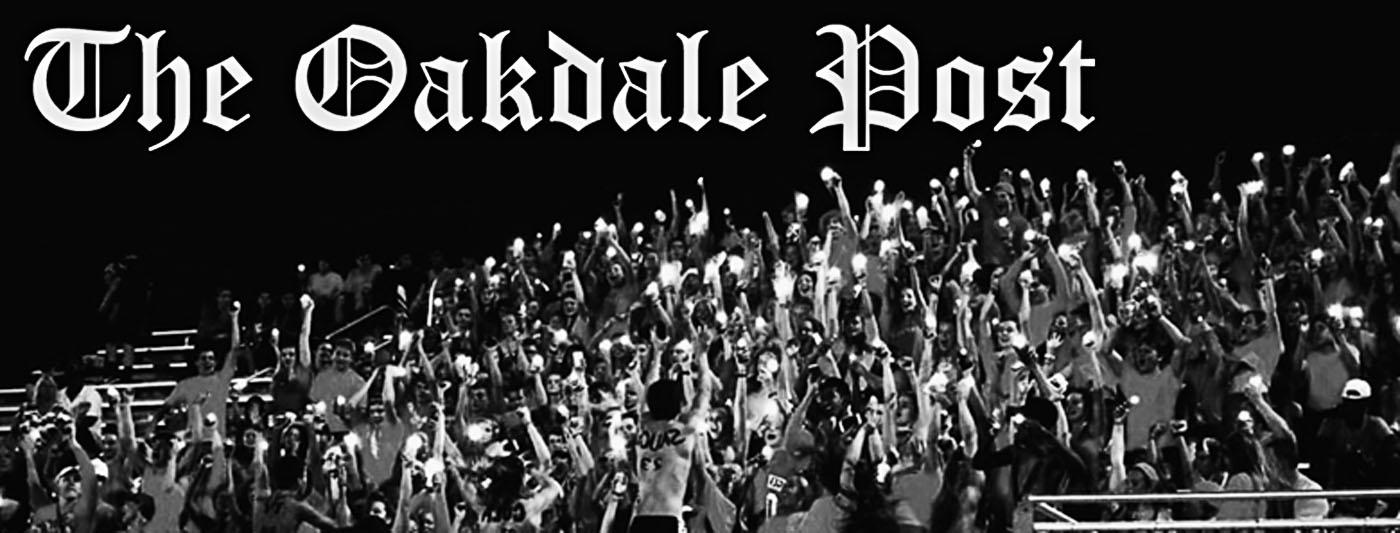Godzilla Minus One was scheduled to end US screenings shortly after its release on December 1, 2023. Flash forward, its run ended after two full months of staying in theaters.
Written and directed by Takashi Yamazaki, Minus One goes above and beyond in almost every aspect. It’s broken numerous box office records, including the highest-grossing Japanese movie in North America. It was also the first live-action foreign-language film to be #1 at the box office in roughly 20 years. It’s even the first Godzilla film to be nominated for an Oscar.
The film takes place following the end of World War II. Koichi Shikishima, a former kamikaze pilot, witnesses Godzilla’s rampage on Odo Island. After returning to Tokyo, Koichi has to unpack the trauma he suffered while also adapting to a country recovering from bombings. At the same time, Godzilla becomes agitated due to nuclear weapon testing and begins its assault on Japan. With a government that’s stayed inactive on the issues plaguing its people, it’s up to the civilians to defeat Godzilla and save their country.
Typically, Godzilla movies will focus on the monsters and neglect the human characters. Godzilla Minus One breaks this norm and emphasizes the people in post-war Japan. All of the characters are represented as people trying to move on from the devastation, with each having a distinct personality and conflicts.
“You are able to tell their values and thoughts without it being verbalized; this movie mastered ‘Show, don’t tell,'” Junior Toby Kern elaborates. Giving each character distinct and unique personalities allows the audience to have stronger emotional reactions and empathize with the characters more than they would in a traditional kaiju film.
Even if the King of the Monsters isn’t as present, its message isn’t any weaker. Harkening back to the original film, Godzilla is a prehistoric creature from folklore whose rampage started after being struck by a nuclear bomb. Both are analogies for the damage done to Japan by nuclear weaponry, but Minus One takes it a step further.
In this film, Godzilla represents the impact that war has on its soldiers and the PTSD they struggle with afterwards.
“[The] themes were clear throughout, from Koichi mentioning how ‘he hasn’t won his war yet,’ and how former soldiers had to stand up for themselves since the government wouldn’t do anything about the issue,” Senior Sheri Harrison notes, explaining how the kaiju is a stand-in for trauma.
This film is more than an exploration of trauma; however; it’s a celebration of life and community. Many scenes highlight the carelessness of the Japanese government towards their people and the fact that life is sacred and should be protected. When civilians band together, it’s with little assistance from the Japanese government; they pull what they can together with limited resources. This is also defined by the weight the deaths in the movie have. Death is never taken lightly, and the effect it has on Koichi is evident in scenes depicting his breakdowns.
Unfortunately, the film just left theaters on February 1. Its popularity will hopefully encourage Toho, the company behind Godzilla, to distribute the film sooner.










